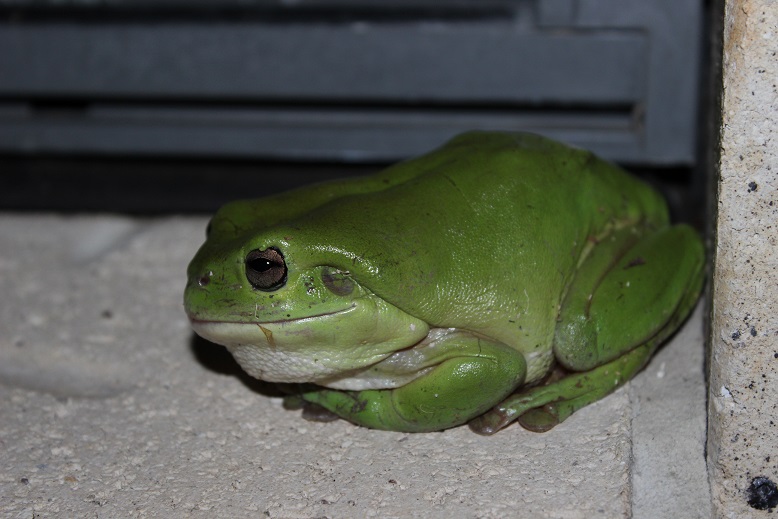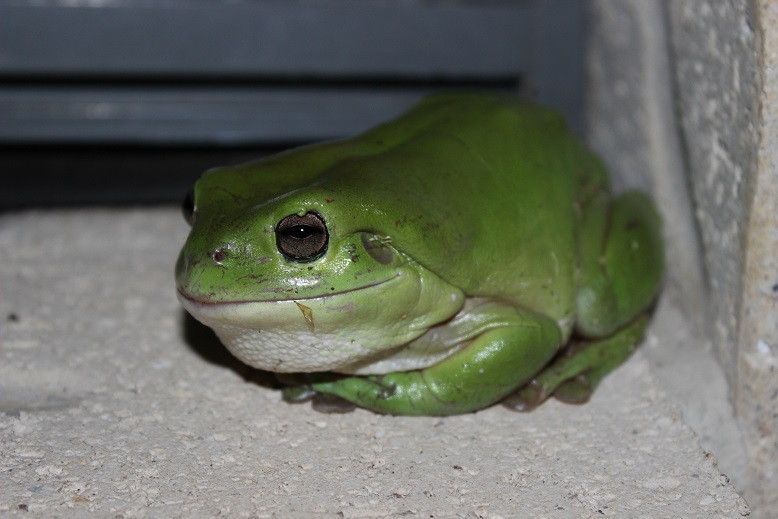shano
Not so new Member
Just thought I would share a couple of pic's of a green tree frog I just took. He (or she) frequents quite often and is usually sitting on the same window sill. He is pretty big and has been around for I would guess a couple of years.
Any experienced herpers care to comment on what looks to be a few battle scars maybe...? And opinion on male/female?
I have on occasions seen two together but most times only the one...


Any experienced herpers care to comment on what looks to be a few battle scars maybe...? And opinion on male/female?
I have on occasions seen two together but most times only the one...





